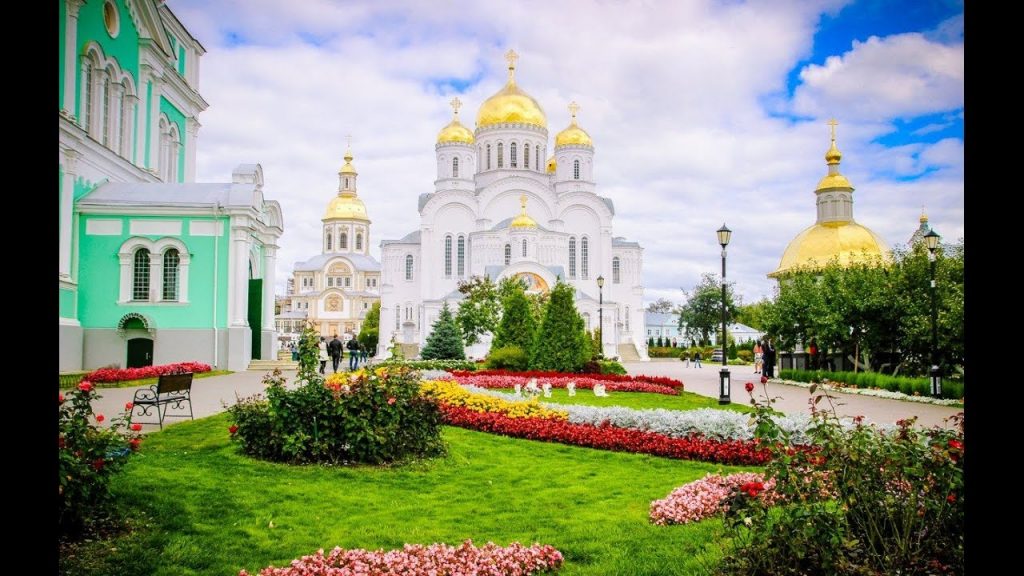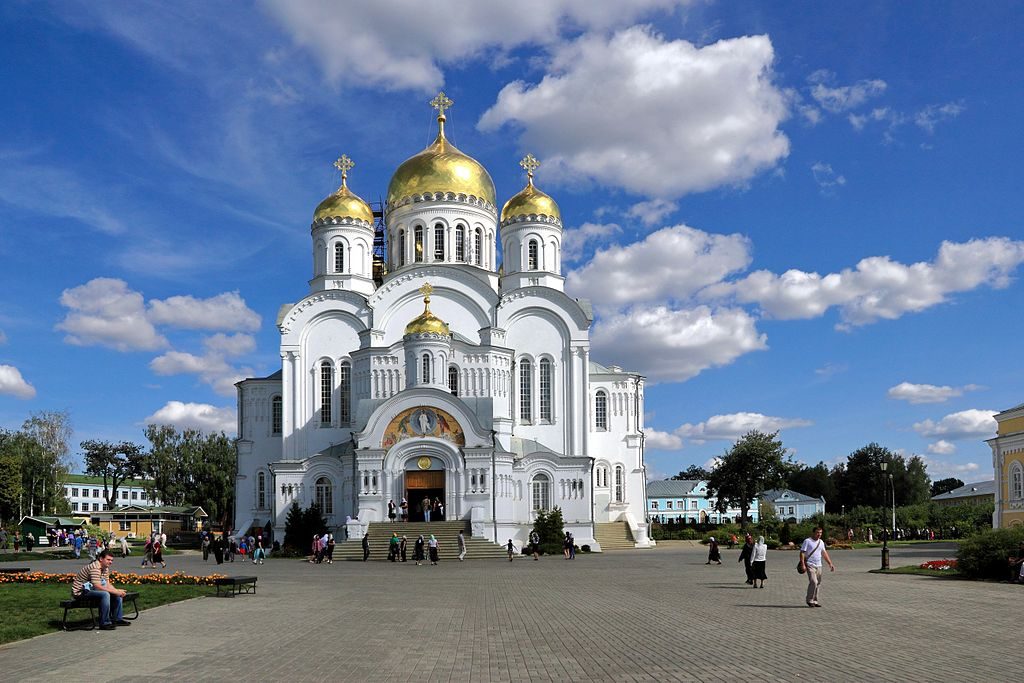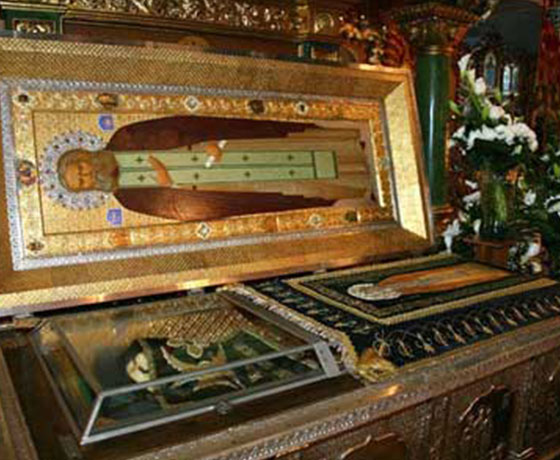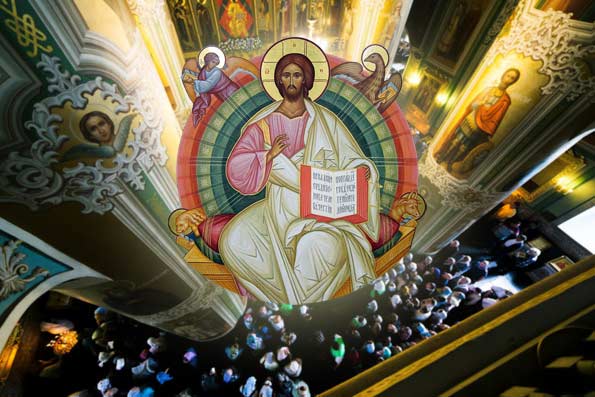The Christian Orthodox Church has a large number of monasteries and churches. Many of them emerged in the late 3rd century and by the 4th century, and became established institutions in the Christian church. Monasteries have always been the strongholds of Orthodoxy and defenders of spirituality. Besides many chronicles, they have icons and frescoes of exceptional significance. Also, they have value for the entire world’s culture, especially for Christian culture and civilization.
The Church of the Holy Sepulcher (Jerusalem)
The Church of the Holy Sepulcher, also known as the Temple of the Holy Tomb of our Lord Jesus Christ, is the church located on the hill of Golgotha inside the walls of the Old City of Jerusalem. The Holy Sepulcher is considered the center of the Christian world. Constantine the Great raised Christianity to a de facto state religion in the year of 313. Together with his mother, Saint Helena, built the temple of the Holy Sepulcher in Jerusalem. It is the most sacred site on planet earth. It is the place where our Lord Jesus Christ was crucified, anointed, buried and on the third they resurrected. It is truly a piece of heaven on earth.
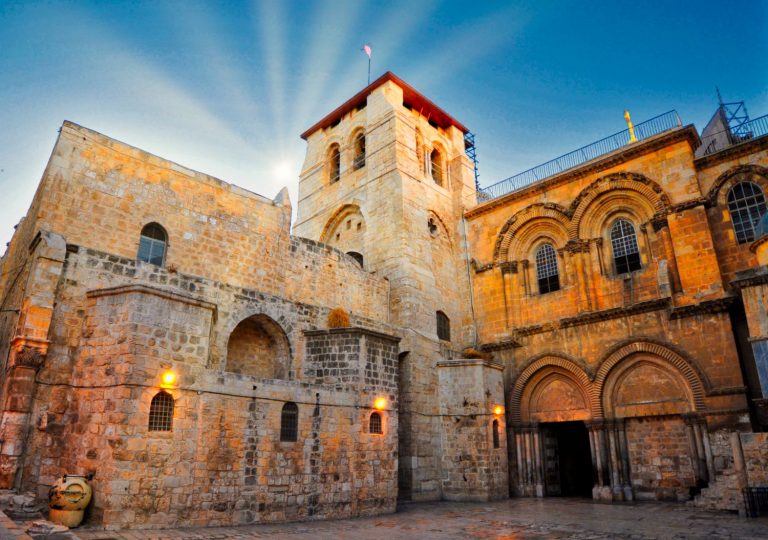
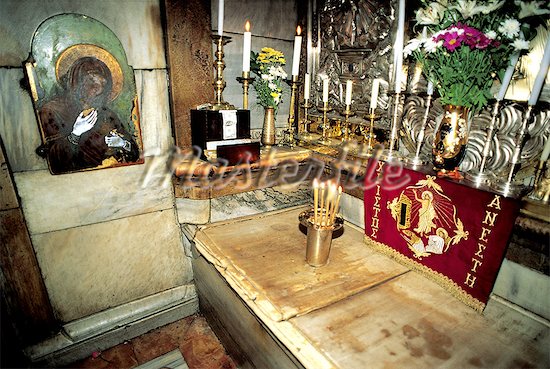
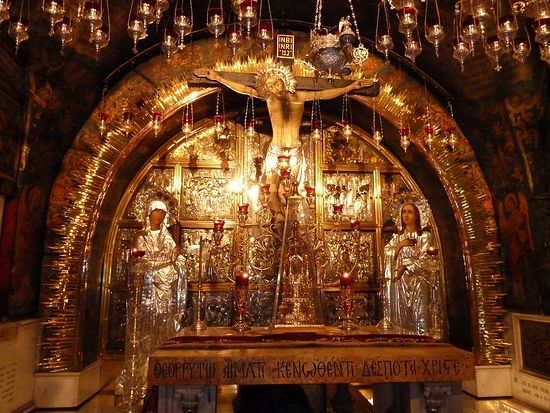
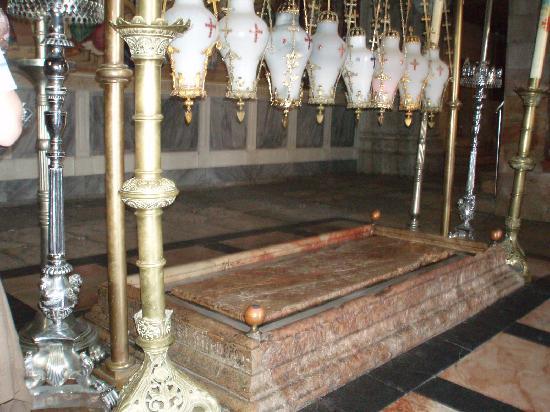
Church of the Nativity (Bethlehem)
The Church of the Birth of Christ is located in Bethlehem. Therefore, many say that Bethlehem is the hometown of Christianity for it is the place where our Lord Jesus Christ was born. It is one of the oldest churches in the world. In the Nativity Church the services are performed, and the very structure of the church is built above the cave which traditionally signifies the birthplace of Jesus Christ. The Church of the Birth of Christ began to be built in 326 at the order of the Byzantine Emperor Constantine and his mother Saint Helena. The Church of the Holy Sepulcher in Jerusalem, and the Church of the Nativity in Bethlehem are considered as the most important Christian sanctuaries in the world.
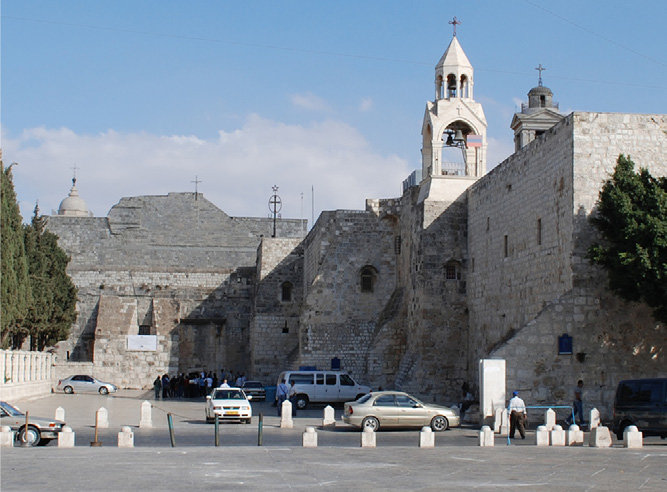
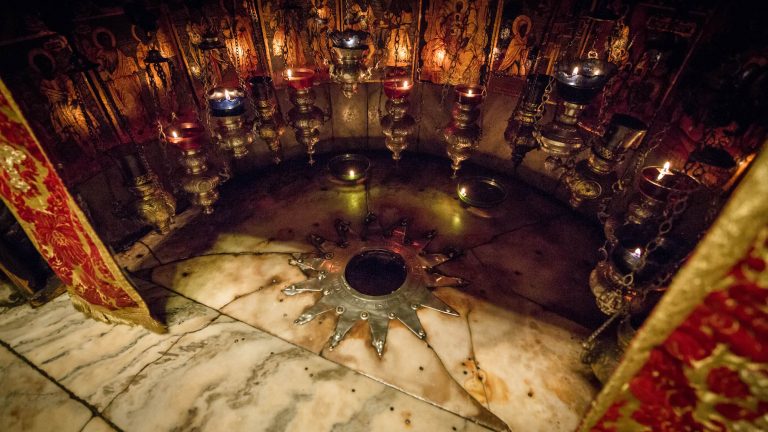
Mount Athos (Greece)
Mount Athos is one of the centers of the Orthodox world. It is located on the peninsula of Halkidiki (Aegean Macedonia) north of Greece. Mount Athos is the seat of 20 Orthodox monasteries and makes an autonomous state under Greek sovereignty. Only the monks are allowed to live on the Holy Mountain, and there are about 2,000 monks living there currently. The eastern arm of the larger peninsula of Halkidiki, is 60 km long and its width is 7 to 12 km and has an area of 390 km². Together with the Athos Mountain, it reaches a height of up to 2,033 m.
According to ancient tradition, the Blessed Virgin Mary was sailing accompanied by St John the Evangelist from Joppa to Cyprus to visit Lazarus. After the storm blew the ship of course towards the (at that time) pagan Athos, they were forced to anchor near the port of Klement near the present Iviron Monastery. The Virgin came out and walked ashore and was delighted with the wild beauty of the mountain. She blessed it and asked her son, Jesus Christ, to turn it into her garden. A voice was heard: “Let this place be your inheritance and your garden, a paradise and a haven of salvation for those seeking to be salved.” From that moment on, the mountain is consecrated as the Mother of God’s garden, which is out of bounds to all other woman.
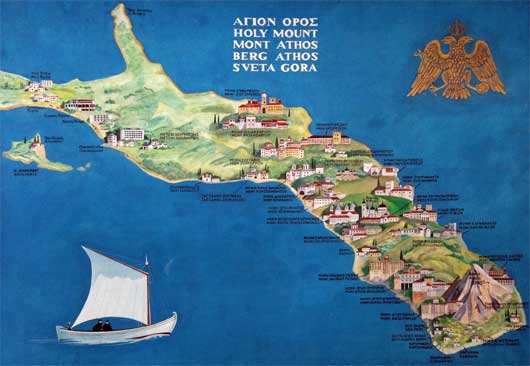

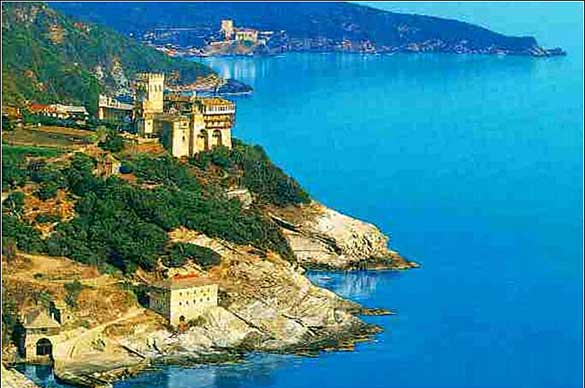
The Monastery of Ostrog (Montenegro)
Ostrog Monastery is a monastery of the Serbian Orthodox Church. It is located along a nearly vertical cliff high on the mountain called Ostroška Stijena in Montenegro. It was founded by the Herzegovinian Metropolitan Basil Jovanovich in the 17th century. After Metropolitan Basil died, he was buried there, and later was canonized.
Saint Basil is a great Miracle Worker. His uncorrupted body is enshrined in a reliquary and rests in the cave church dedicated to the Presentation Of Holy Mother of God to the Tample. This church is located in the upper monastery. The Serbian Orthodox monastery of Ostrog is one of the most frequently visited monasteries on the Balkans. It attracts over 100,000 visitors a year. It is visited by believers of all religions from all parts of the world. People come either individually or in groups. According to many stories of pilgrims, by praying next to his body/holy relics, many have been cured as well as were helped in decreasing the difficulties in their lives.
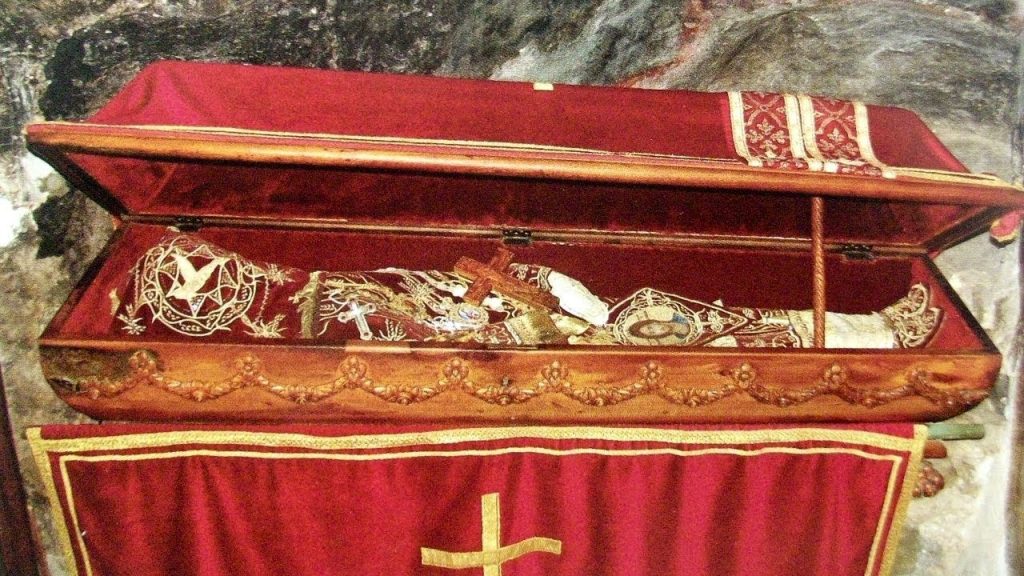
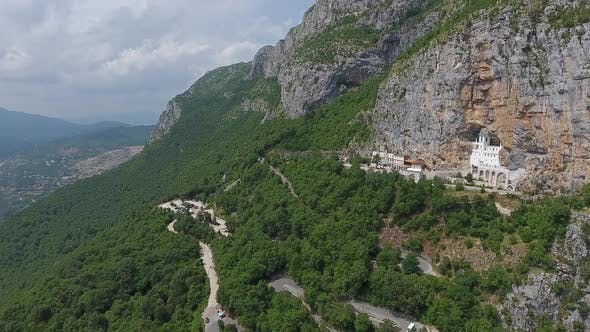
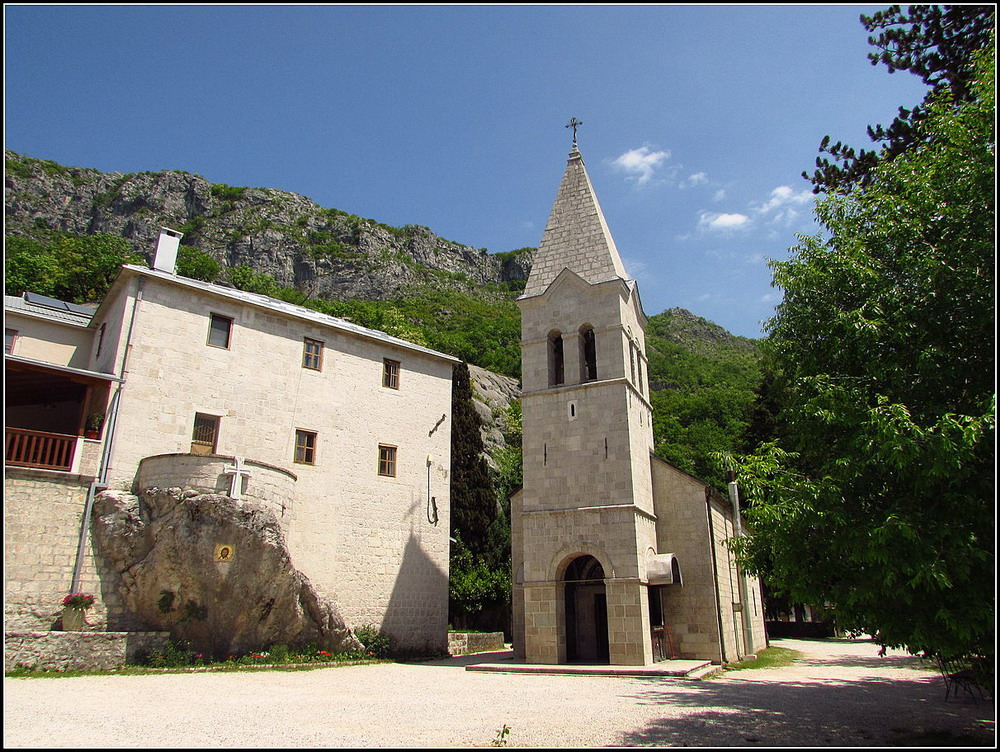
Kiev Pechersk Lavra (Ukraine)
Kiev-Pechersk Lavra (Kiêvo-Pechersk Lavra) is one of the most important monuments of the Orthodox Faith for the Russians and Ukrainians. The monastery was built during Kievan Russia on the same site where a monastery in the cave was located in the year of 1015. This Russian Orthodox monastery is located on the southern slopes of Kiev in Ukraine and today. It is a Lavra and on the UNESCO list as one of the seven wonders of Ukraine.
In Russian, the monastery „na pecherah“ means the monastery in the cave. The word “lavra” denotes a monastery of a higher significance. This monastery is only devoted to the male monks/believers.
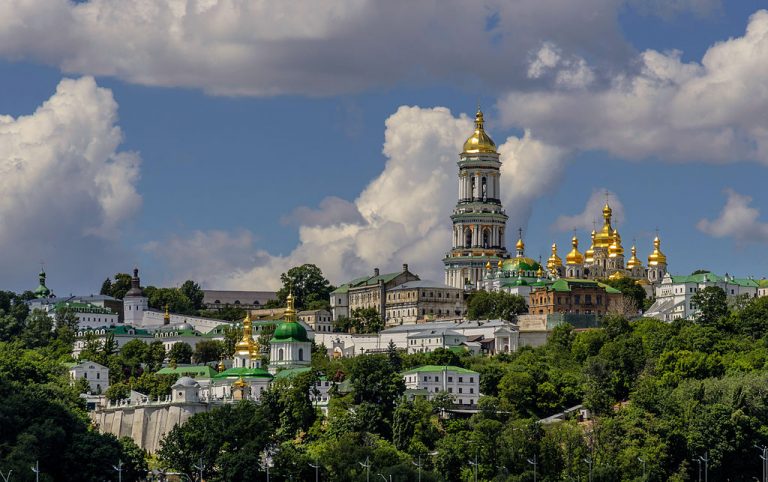
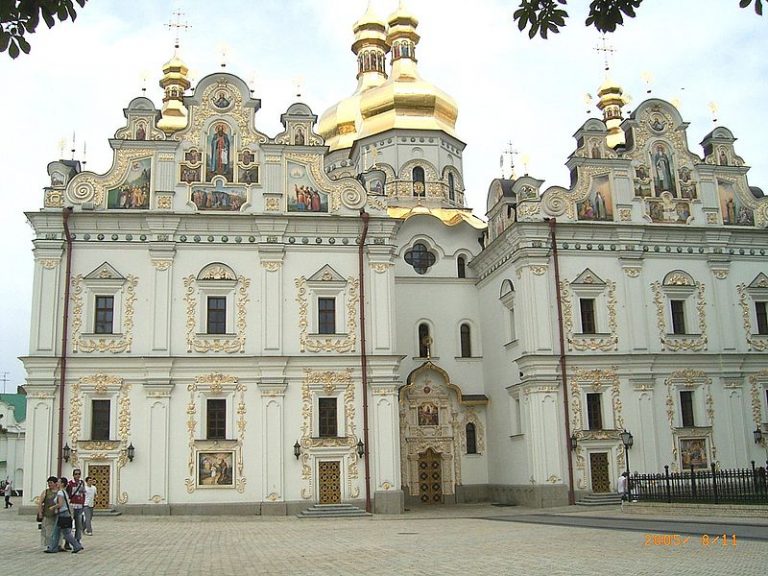
Saint Catherine’s Monastery (Egypt)
The Orthodox monastery of St. Catherine is located on the peninsula of Sinai (Egypt), which connects two continents- Africa and Asia. More precisely, the monastery is located in the south of the Sinai Peninsula at an altitude of 1300 m, in a huge and inaccessible desert and is surrounded by red granite mountains (altitude over 2000 m) near the town of Saint Catharine.
The monastery is one of the oldest Christian monasteries and as such it is on the World Heritage List, UNESCO organization. In the monastery complex next to the main temple, there are 12 smaller chapels. On the right side is the main church dedicated to the Transfiguration of the Lord and on the left is a staircase and a porch connecting to the museum, and next to the chapel is the site where Moses has seen the burning bush. The whole monastery is surrounded by a high wall built by Emperor Justinian in the sixth century.
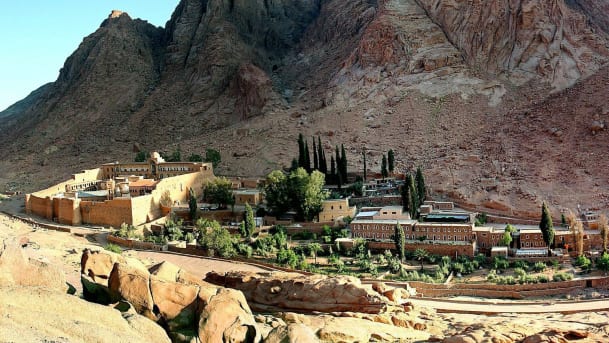
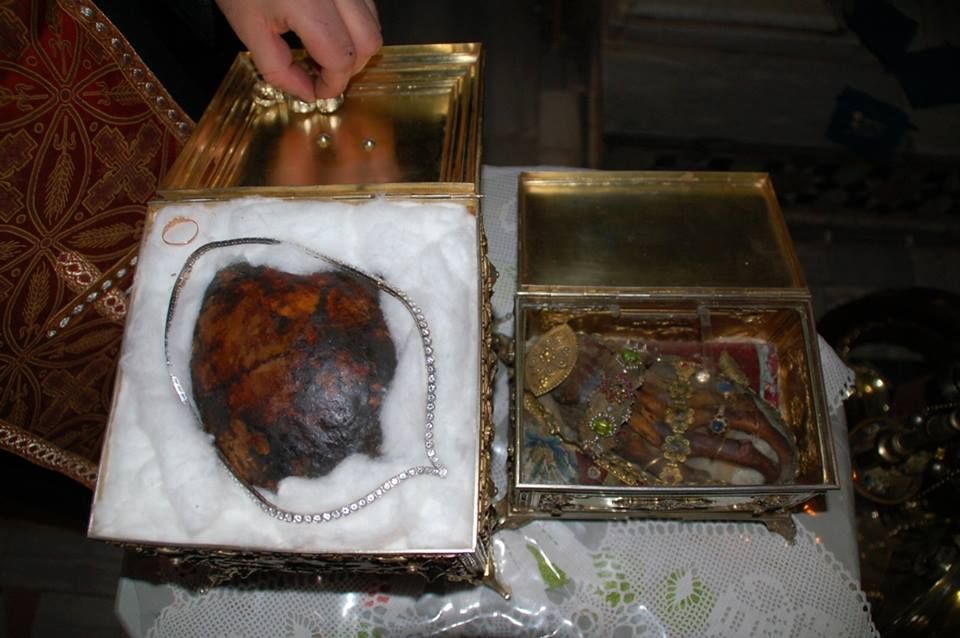
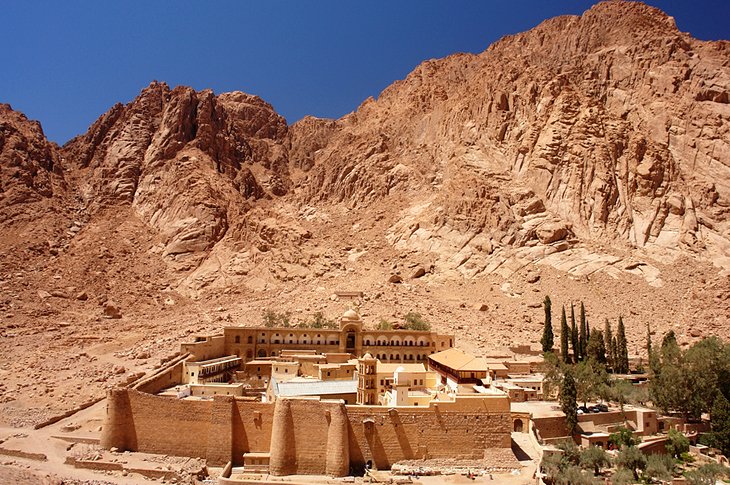
Metropolitan Cathedral (Romania)
The Metropolitan Cathedral in Iași (Romania) is the seat of the Romanian Orthodox Archbishop and Metropolitan of Moldova and Bukovina. It is the largest historic Orthodox church in Romania. The cathedral is dedicated to Saint Parascheva, to the Presentation of Jesus and to Saint George. Inspired by the late Italian Renaissance style as well as with Baroque elements, this beautiful Cathedral is listed in the National Register of Historic Monuments. In 1889, the relics of Saint Parascheva of Serbia were brought from Three Hierarch Monastery. Therefore, every year, on the Saint’s Day (October the 14th) , the saint’s relics attract hundreds of thousands of people from all over the county and abroad. They all come to pray by her relics, and to ask the saint to intercede for them and their families
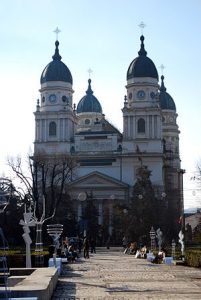
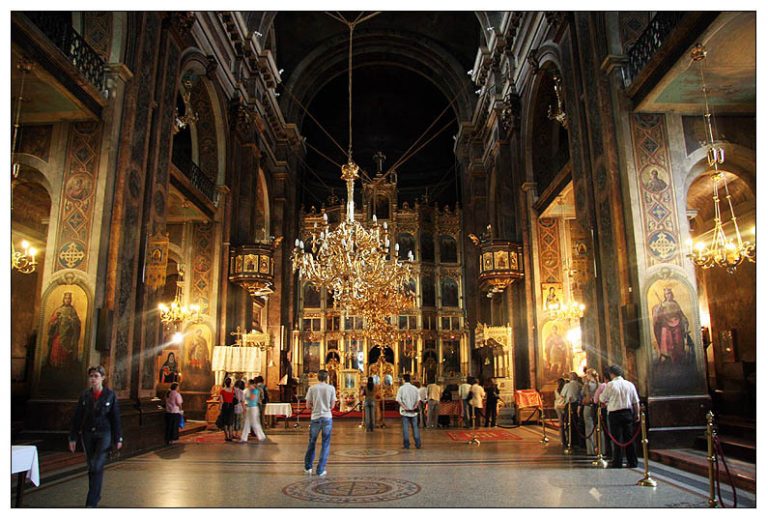
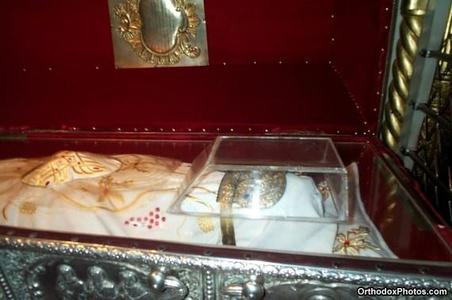
St. Anthony’s Monastery (USA)
This monastery is an oasis, a paradise in the middle of Arizona dedicated to St. Anthony the Great. Saint Anthony the Great is the father of monasticism and the well known 3rd century anchorite. There are six chapels dedicated to Saints Demetrios of Thessalonica, Seraphim of Sarov, John the Baptist, Nicholas the Wonderworker, George the Great Martyr, and Panteleimon the Healer. The main church of this beautiful monastery is dedicated to Saints Anthony and Nectarios the Wonderworker. It was built by Elder Ephraim and his brethren. He was a disciple of Elder Joseph the Hesychast, They also have restored and repopulated four Mt. Athos monasteries and established several men’s and women’s monastic communities throughout Greece and North America.
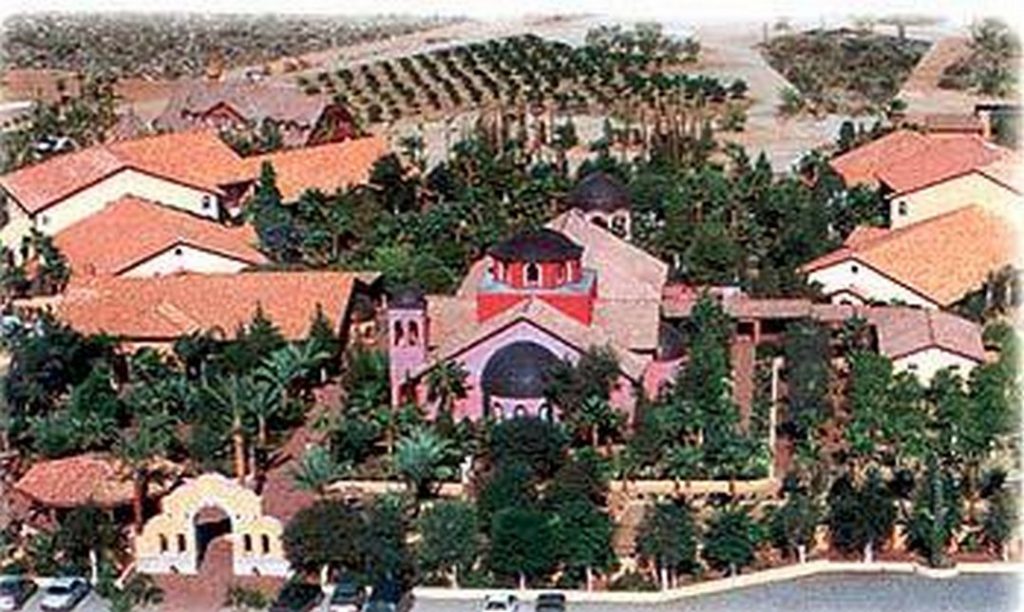


Studenica Monastery (Serbia)
The Studenica Monastery is one of the largest and richest monasteries of the Serbian Orthodox Church. It is located 57 km from Kraljevo, and it was founded by Stefan Nemanja a.k.a St Simeon in 1190. He was the founder of the medieval Serbian state. The fortified walls of the monastery are surrounded by four churches: the Virgin Church and the Royal Church (the church of St. Joakim and Ana), both built of marble, the church of Nikolaj (St. Nicholas Church) and another church, preserved in the foundations. The monastery is famous for its 13th and 14th century fresco collection as well as the relics. Remains of Stefan Nemanja (later canonized and became Saint Simeon’s) , his wife’s Anastasia and of their son ,the first Serbian king, Stephen the First-Crowned, rest in this monastery.
It was in Studenica that Stefan Nemanja’s youngest son, Saint Sava Nemanjich, initiated the independent Serbian Orthodox Church in 1219. Saint Sava wrote the first literary work in Serbian language while he was in Studenica.
Studenica now belongs to the Diocese of the Serbian Orthodox Church.It represents a stationary cultural asset as a cultural monument of exceptional significance. UNESCO included Studenica in the World Heritage List in 1986.
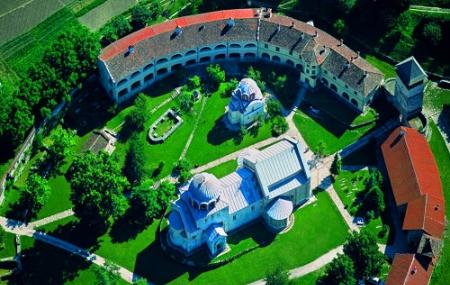
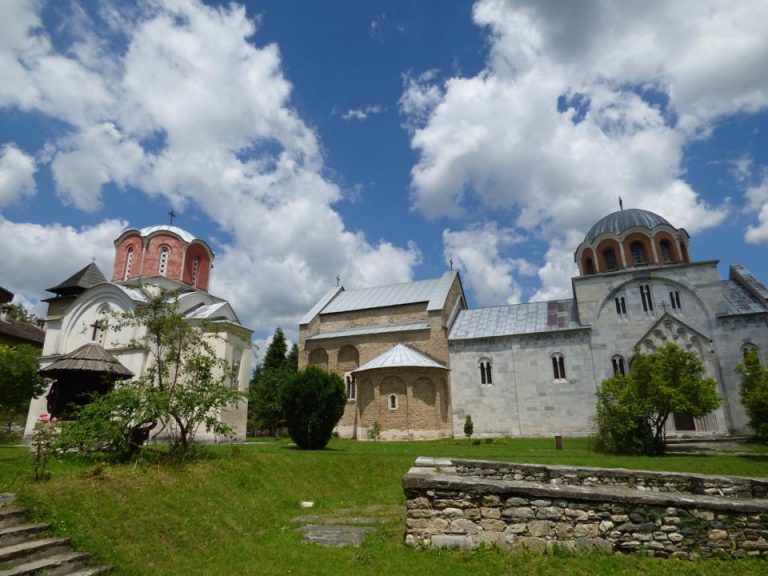
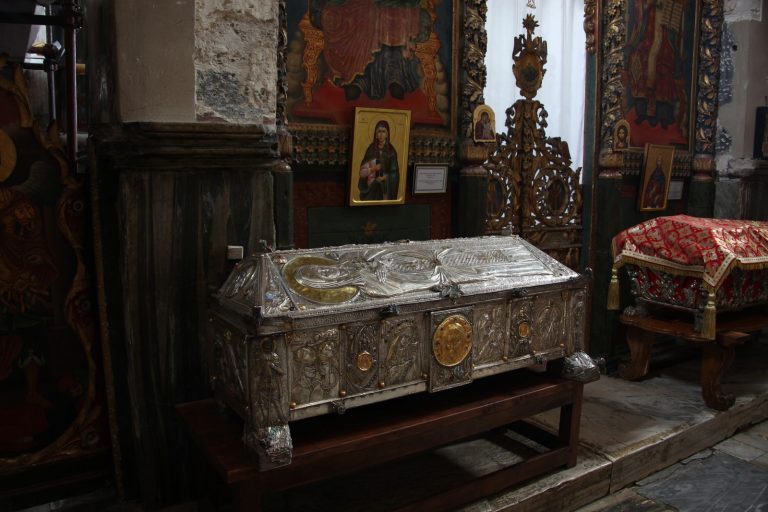
Diveyevo Monastery (Russia)
Saint Seraphim-Diveyevo Monastery is a monastery of nuns in the Nizhny Novogorod Oblast. It is situated in a region considered to have immense spiritual significance. It is famous because Saint Seraphim of Sarov served as elder for the nuns of this monastery. This is where he saw Holy Mother of God walking around the boundaries of the monastery. This monastery is considered to be the fourth habitat of the Holy Mother and under her special protection. After the fall of communism, the relics of Saint Seraphim were found in the storeroom of a “museum of atheism” in Saint Petersburg. Later they were somberly relocated to the Seraphim’s Diveyevo monastery, which is now named after him.
